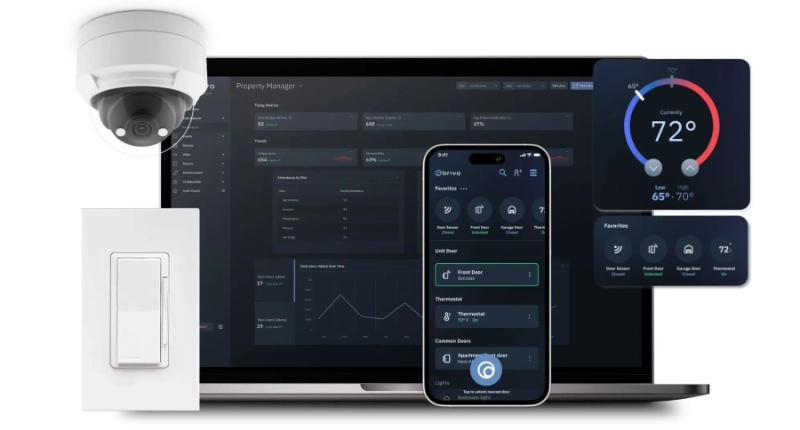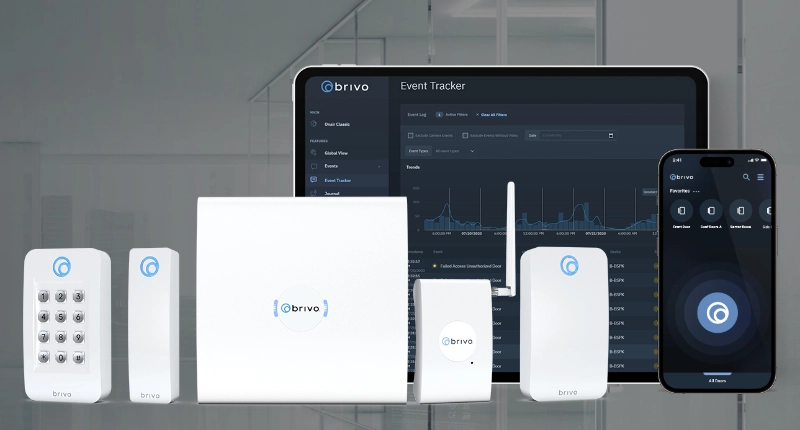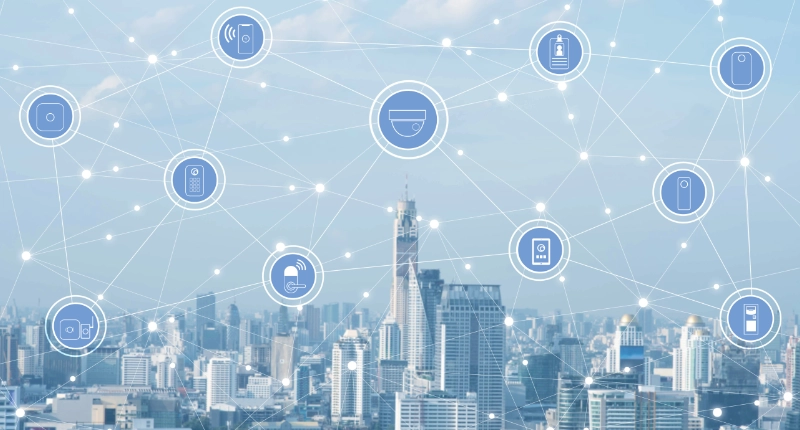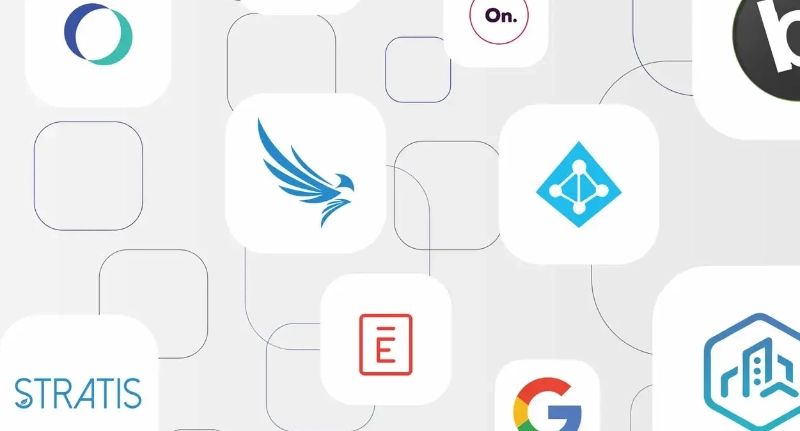This article was first featured on commercialobserver.com
Access control systems are essential for offices, but for much more than just security and access. Brivo, the pioneer in cloud-based access control, just released its “Top Security Trends in 2022” report, which uncovered some surprising and essential insights into the modern office. Partner Insights spoke to Tim Norris, senior director of product marketing for Brivo, about the rising status and the broadening utility of modern access control.
Commercial Observer: What were some of the most significant findings from Brivo’s “Top Security Trends in 2022” report?
Tim Norris: There are two main headlines: The first is that hybrid work is here to stay and is changing how organizations are adapting their workplace. We’re done with the days of just locking the doors and keeping folks out. Access control now enables a lot of hybrid workplace capabilities. The second main headline is that access control data has become more mainstream. This year, the No. 1 goal for security leaders has been to figure out how to actually use and take advantage of this data. It’s a much stronger sentiment this year than in years past.
Were there any findings in the report that surprised you?
We’ve heard a lot lately about offices shrinking their space. But the report found that 72 percent of organizations expect no changes to their office footprint going forward. Only 18 percent said they were looking to reduce their footprint, and 10 percent were looking to add space. This was contrary to the initial thought that office space is destined to go out of existence now that everybody’s working from home. Now that they’re transforming to a hybrid model, where the office is more for meeting, security leaders have to figure out how to actually use and take advantage of this data.
Over 60 percent of the study’s respondents said that access control systems are essential for creating a successful hybrid work model. Why are they essential for this?
We need to look at access control as the fourth utility. You need water, HVAC and electricity in your building. But, you also need access control to manage how people enter and move through the space. When we think about the hybrid work environment, there’s no longer someone sitting at the front desk watching everybody coming in and out. Access control is much more critical in how we manage offices remotely. Incorporating elements like video, and being able to see who is traversing through these spaces connected to an access event, is paramount. The second piece of this is all of the aspects that are connected due to the hybrid work environment: integrated workplace management systems, desk bookings, booking conference rooms, etc. We’re seeing an increase in offices putting an access control reader, and a lock on a conference room where maybe that didn’t exist before, because now that’s associated with a reserved time that someone scheduled through the workplace management system. So, access control is really bringing together a lot of components of the hybrid workplace and expanding its role within an organization.
In addition to what you’ve already mentioned, what are some other desirable or much-needed features that occupiers are seeking in these systems?
We’re seeing more demand for mobile-first experiences. People use their phones for everything. Why shouldn’t they use their phones as a credential to access the building, or remotely manage a building from their phone? And then there’s use of data. There’s a lot of underlying data about what’s going on throughout the space.
When we think of a hybrid environment and understanding space utilization, there are trends that can be discovered about the facility that are now available with access data insights. We’re seeing a lot of our customers start to use this data with our data explorer tool that is provided as part of Brivo Access to gain intelligence about their own space usage trends.
Using this data extends beyond just security teams and provides insights into energy management, facilities management, HR and more to help them understand and optimize how the space is being utilized.
How good are today’s access control systems at making data easy to access?
I would give a lot of access control systems a grade of D or less because data is just not in their DNA. It’s not part of the vernacular. That’s what makes Brivo unique. We’ve built our Brivo Access platform from the ground up to harness the power of data.
Data comes to life in two forms within Brivo. One is, we’re using data visualizations to compare trends within specific spaces day over day or week over week. We have also embedded a business intelligence tool within the product itself so organizations can drill into specific access events. We’ve made using this data so easy, even a marketing guy can do it. You don’t need a Ph.D. in data.
The second form in which we use data is analytics that make access control simpler. In November 2021, we launched something called Anomaly Detection, using neural networks of all of our customers that examines and understands the behavior patterns of every credentialed user within that account. Over time, we start to automatically detect things that are out of the ordinary, and we flag those with a priority alert for security. Out of the 10,000 or so events that happen within my facility, I really need to prioritize about 10 a day because something was out of the ordinary. We’re taking the analytics from the data and presenting it in a way that helps security professionals be more effective and efficient by exposing blind spots.
Why is cloud migration seen as an essential and increasingly desirable component for access control systems?
Brivo is unique in that we were born in the cloud more than 20 years ago. We established the category and are the leader across the cloud-based access control space. As for drivers, there are some simple reasons organizations are making the switch. There’s no more reliance on servers. SaaS models allow flexibility, where organizations can move into more of operating expenditures, or OpEx, versus major capital expenditures, CapEx. Organizations are able to now rely on the vendor to manage the application of the software including automatic updates, security patches and much more. All of these considerations are really important from a cloud perspective.
On the other side, cloud-based access control opens more opportunities to integrate with a broader ecosystem. For example, with hybrid work, we’re seeing a lot of demand for integrations with access control and workplace management systems — which are native in the cloud. These cloud-to-cloud connections through application programming interfaces, or APIs, are faster to integrate and bring solutions to customers in a much more agile fashion.













